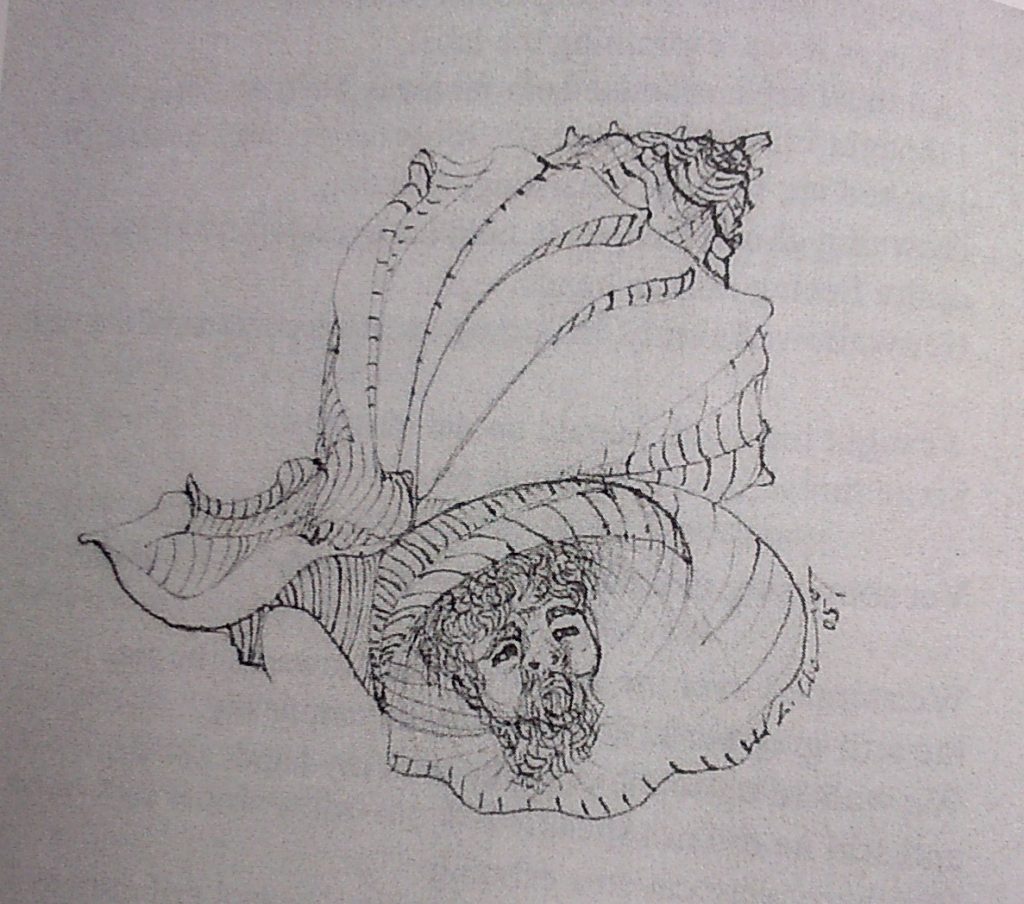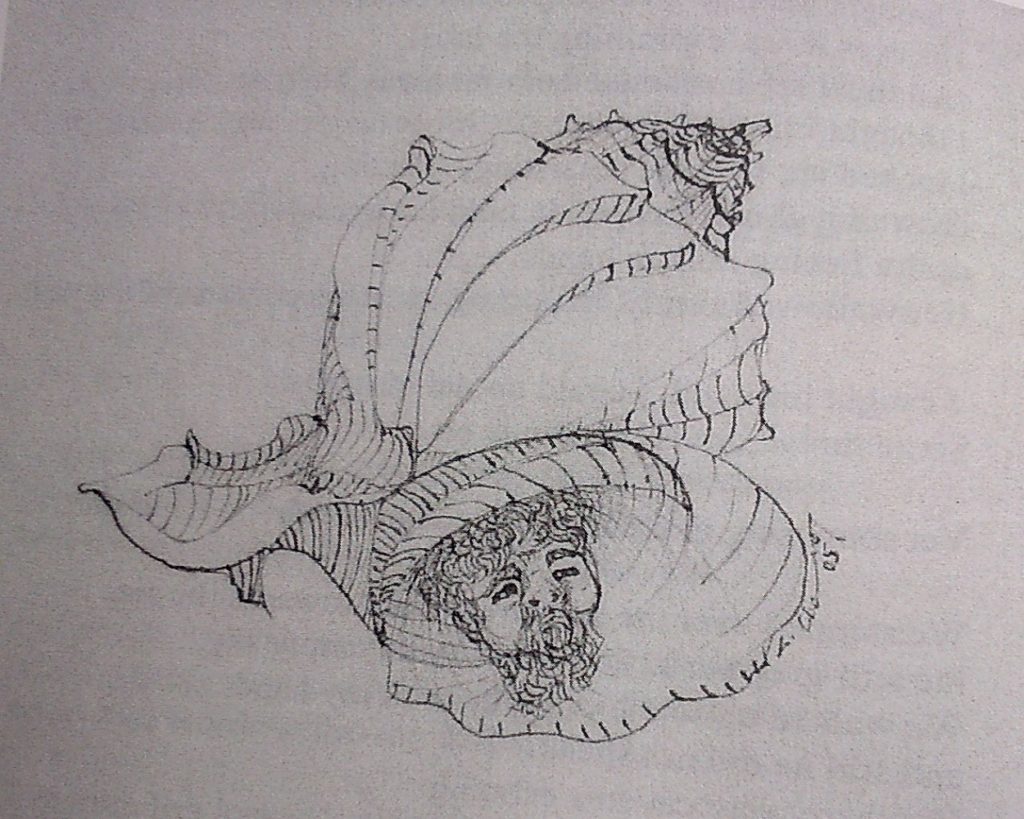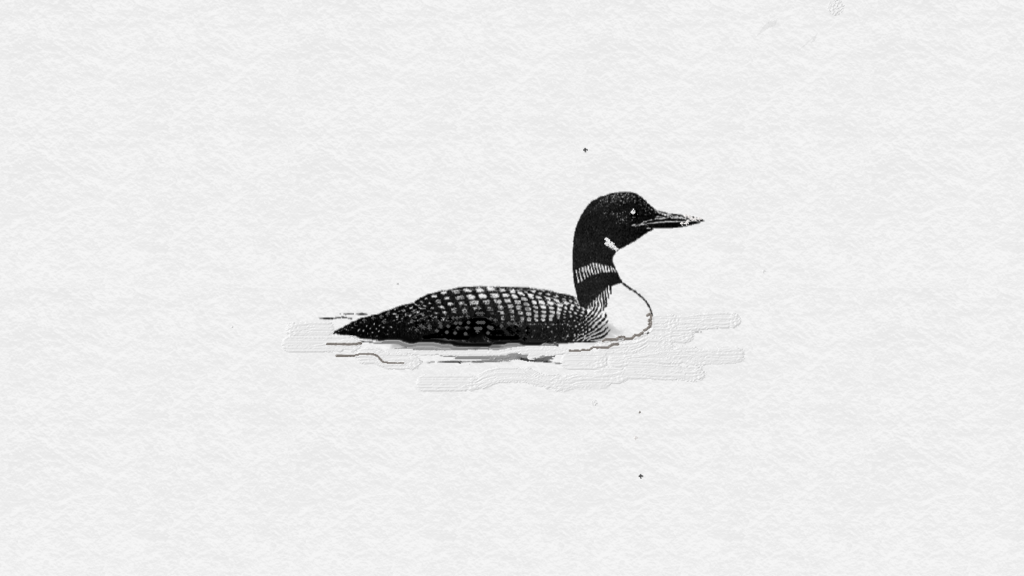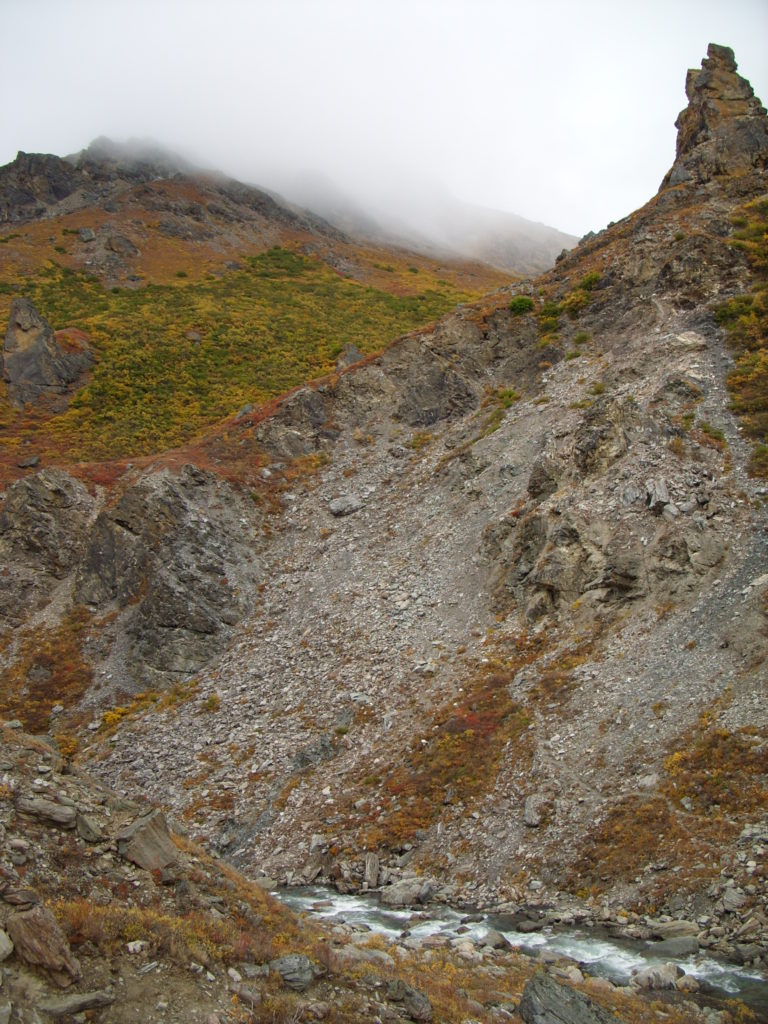© Christine Chamson
He came washed up, limbs wavering
shells caught in the net of his Sargasso hair
the glint of the sea lodged in his eye
the roar of its jubilance caged in his ear.
His mouth was a cavern of worn-out rage
as he hauled in memory, salt and shells
with the taste and shape of a life full spent.
He chose limpets and mussels to build his foundations
razor clams to line the walls
mussels and whelks
translucent jingle shells
moonsnails, starfish, fanshaped cockles
illuminating a cupola dome of
irridescent liquid blues
where the sea stroked his body
– the hull of a ship now washed up –
skin wrinkled with crystalised crabs
they, too, caught by the sea,
and all held together with salt and sand
and memory collecting cries from the deep.
They said it would fall
so near to the waves he built his home
they said he would starve
because all he ate were
remainders rendered up by the sea.
They feared he would die
because of the crustaceous skin he grew,
said he’d turn back into the sea
with his long, flowing, silvery hair
shimmering white like the breaking waves
as he hobbled down to scoop up the remains
of a life wafting in shifting horizons.
But all he could hear were those other voices
whispers stroking the silver-tongued crests
rolling in shells from far away places,
shells now crystallized in the rock of the dome
of his house where he lies
outstretched, staring up
to a jewelled sea which holds his dreams.
*************
Loosely inspired by the Palais du Facteur Cheval at Huaterives, in the Drome, built by an eccentric postman with his chosen stones (not shells) from 1879-1912 and criticised for being the product of a madman and at best representing art naif. It has been called ‘a Hymn to Nature’ and can be visited. But also inspired by the ‘tabby’ building method once used in West Africa, Spain and Europe where sea shells, lime water and stone were mixed to build houses. More recently, since 2011, experts in Caen, Normandy (where shells are abundant), have been mixing shells to cement for a more porous and environmentally-friendly building material.
Illustration drawn specifically for this poem by French artist Christine Chamson.





















